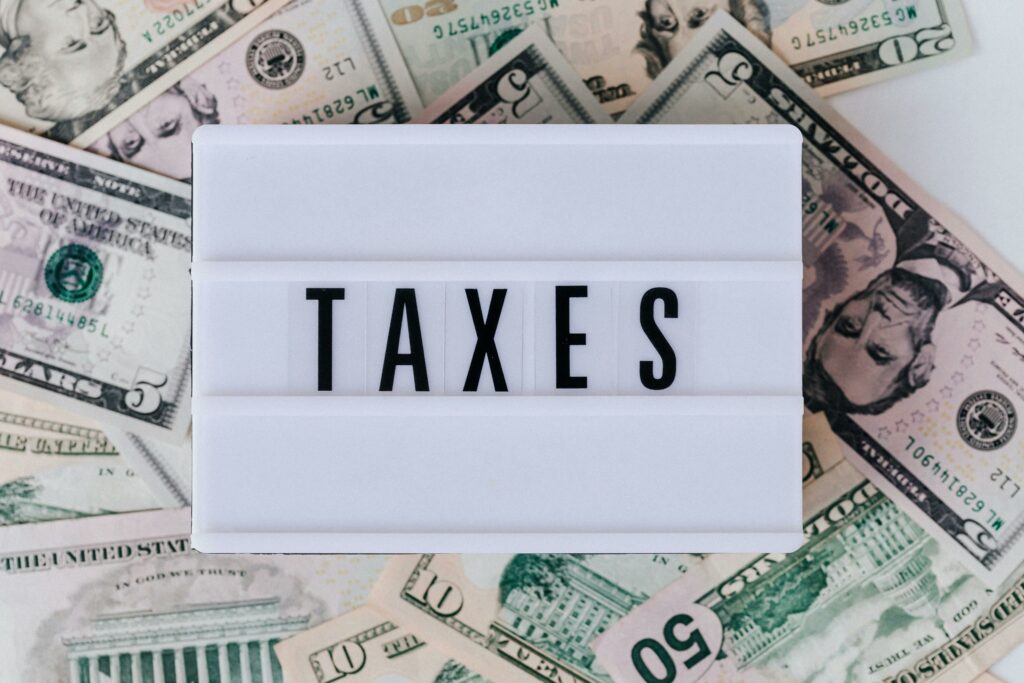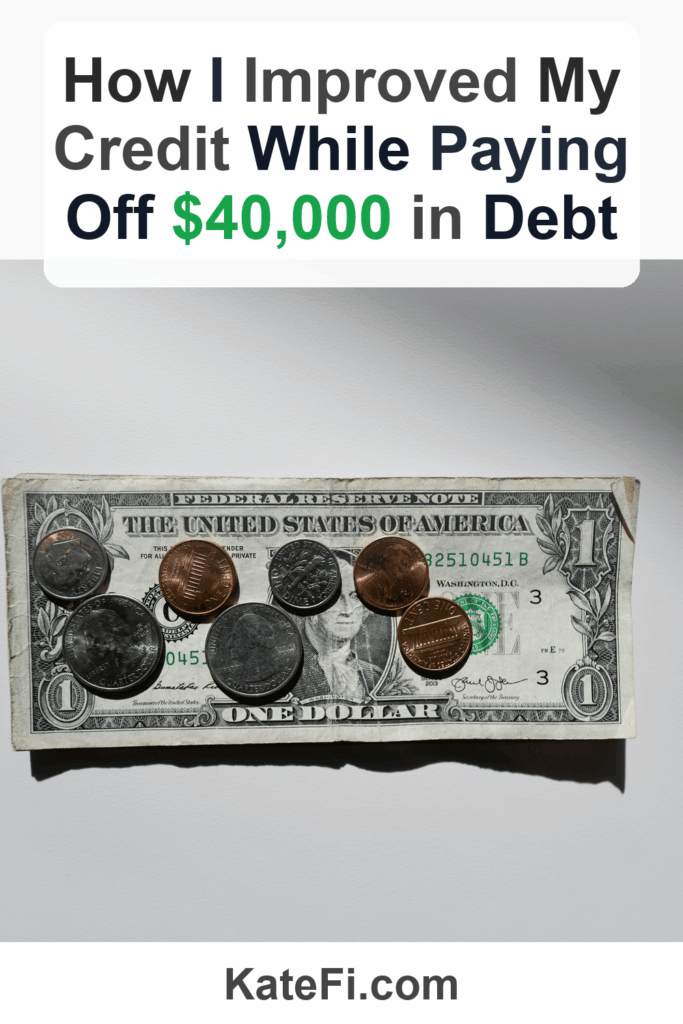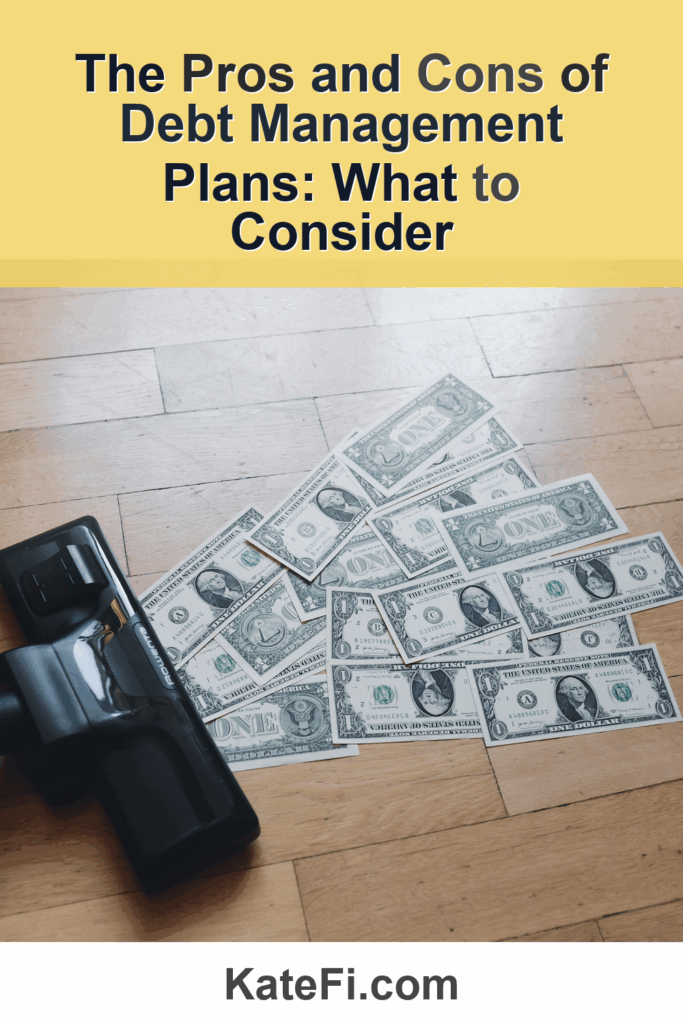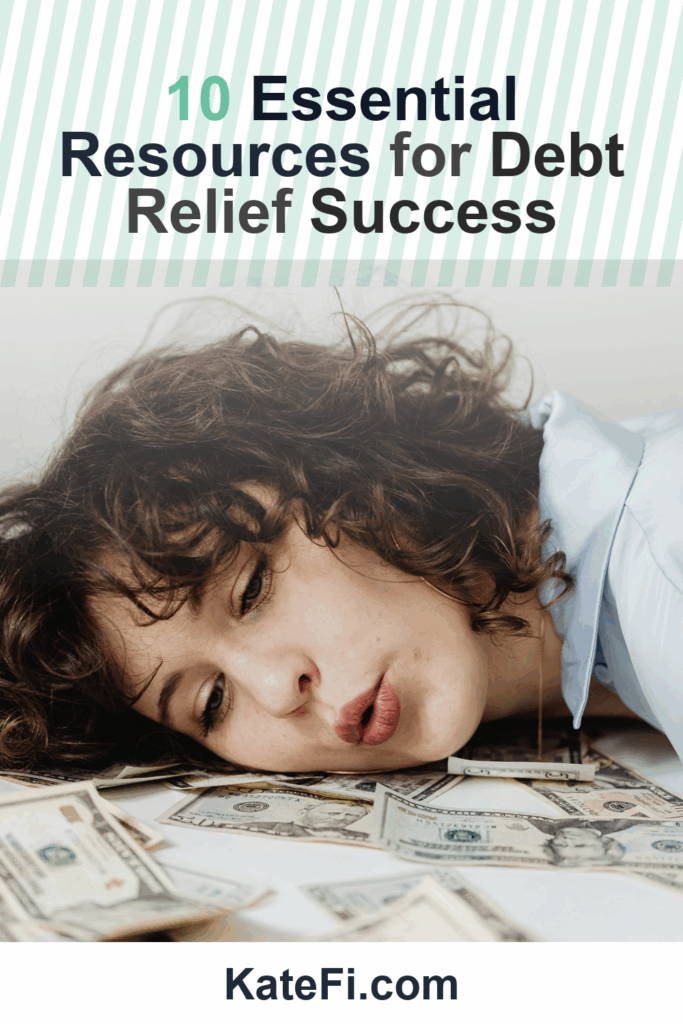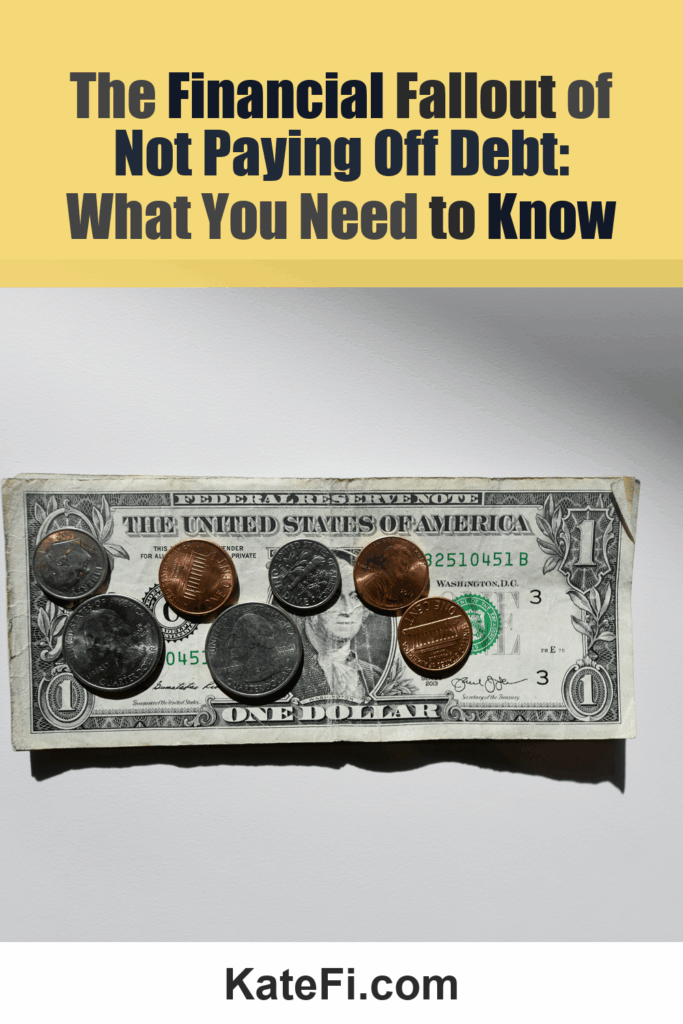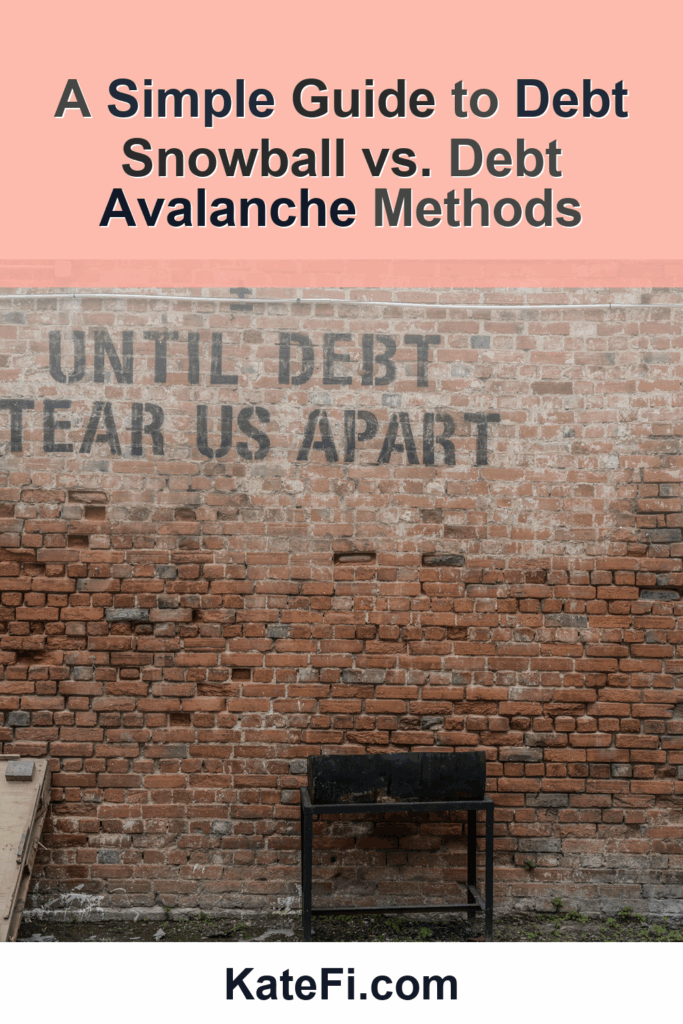How to Balance Paying Off Debt and Building Wealth: 5 Tips
Managing debt while trying to build wealth is a challenge that many face. With the rising costs of living and the pressure to keep up with financial commitments, it’s easy for debt to snowball, leading to a cycle of financial distress. The good news? You can take control of your finances by balancing debt repayment with wealth-building strategies. In this post, we’ll explore effective tips to slow down the snowball effect of interest and fees, enabling you to find a harmonious balance between debt and wealth.
Love our content? Show your support by following us — pretty please!🥺
FOLLOW ON PINTEREST
Hi! I’m Kate, the face behind KateFi.com—a blog all about making life easier and more affordable.
Understanding the Snowball Effect
What You’ll Learn on the Call
- Estimated timeline and monthly payment range
- How credit may be affected in the short term
- What documents to gather to move faster
Not available in IL, KS, OR, TN, UT, WV.
Before diving into actionable tips, it’s crucial to understand how debt can snowball. The accumulation of interest and fees can drastically increase your overall debt if not managed properly. For example, if you have a credit card balance of $5,000 at an annual interest rate of 20%, you could end up paying around $1,000 in interest alone if left unpaid for a year. Over time, this accumulation can be debilitating, making it increasingly difficult to get out of debt.
The Compounding Nature of Debt
Debt works similarly to how compound interest benefits your savings. It compounds against you, meaning that if you’re not proactive, your unpaid balances can multiply significantly due to interest. To prevent this from happening, let’s look at five practical tips for balancing debt repayment with wealth building.
—
Tip 1: Create a Detailed Budget
A budget serves as a financial roadmap, allowing you to visualize your income, expenses, and debt obligations. Here’s a simple checklist to create your budget:
- Gather Documents: Collect pay stubs, bank statements, and monthly bills.
- List Income: Include all sources of income (salary, side gigs, etc.).
- Identify Fixed Expenses: These are your non-negotiables like rent, utilities, and minimum debt payments.
- Calculate Variable Expenses: Consider groceries, entertainment, and discretionary spending.
- Analyze Your Debt: Document all debts, including balances, interest rates, and payment schedules.
With a clear picture of your finances, you can allocate funds for debt repayment and wealth-building opportunities more effectively.
✅ See If You Qualify for Debt Relief
—
Tip 2: Prioritize Debt Repayment
👉 Start Your Free Debt Relief Review
Not available in IL, KS, OR, TN, UT, WV.
Once your budget is in place, prioritize your debts. You can either use the avalanche method (focusing on the highest interest debts first) or the snowball method (paying off the smallest debts first for quick wins).
Quick Comparison of Debt Repayment Strategies
| Method | Focus | Pros | Cons |
|---|---|---|---|
| Avalanche | Highest interest first | Saves on interest | Takes longer to see results |
| Snowball | Smallest debt first | Quick wins boost motivation | May pay more in interest |
Regardless of the method you choose, ensure that you’re consistently paying more than the minimum payments to slow down interest accumulation.
—
Tip 3: Negotiate Lower Interest Rates
Many lenders are open to negotiation, especially if you have a good payment history. Contact your creditors and request a lower interest rate. You can also explore transferring balances to cards with promotional 0% interest rates. Just be cautious of potential fees.
Preparation Checklist for Negotiation
- Review Your Credit Report: Ensure there are no inaccuracies that could affect your negotiations.
- Know Your Numbers: Understand your current interest rates and balances.
- Research Competitor Rates: Having market knowledge can help during your discussions.
- Practice Your Pitch: Be polite yet assertive in your request.
These steps can lead to significant savings on your monthly payments.
✅ See If You Qualify for Debt Relief
—
Tip 4: Build an Emergency Fund
Lower Your Unsecured Debt
If you have $5,000+ in credit card or personal loan debt, a free consult can review options like settlement or hardship plans.
- One-on-one call to review your debts and goals
- See potential monthly payment reductions
- No obligation to enroll
Not available in IL, KS, OR, TN, UT, WV.
While it may seem counterintuitive to save when you have debt, an emergency fund can actually prevent more debt from accumulating in case of unexpected expenses. Aim for three to six months’ worth of expenses in a separate savings account.
Emergency Fund Steps
- Set a Goal: Determine the total amount you want to save.
- Start Small: Consider saving $20 or $50 a week.
- Automate Savings: Set up automatic transfers to your savings account.
- Use Windfalls: Tax refunds or bonuses can be put directly into your emergency fund.
Having this financial cushion can help you avoid relying on credit cards during emergencies, thereby slowing down the snowball effect of debt.
—
Tip 5: Seek Professional Help
Understand pros/cons of settlement vs consolidation vs DMP for your exact mix of debts.
Not available in IL, KS, OR, TN, UT, WV.
If your debt feels overwhelming, consider consulting a debt relief expert. Getting a free consultation can help you review your options and find a tailored solution for your situation. At KateFi, we can guide you in exploring your debt relief options and potential strategies for wealth-building alongside your debt repayment.
Documents to Gather for a Faster Review
- Identification: Driver’s license or Social Security card.
- Income Verification: Pay stubs or tax returns.
- Debt Statements: Recent statements from all creditors.
- Monthly Expenses: Any documentation showing your monthly expenses.
The more organized your information, the smoother the consultation process will be.
✅ See If You Qualify for Debt Relief
—
The Credit Impact Discussion
Remember that debt relief options can impact your credit score, particularly if they involve missed payments. Before proceeding with any debt relief strategy, consider how it may affect your credit profile. In some cases, taking a temporary step back may lead to more significant financial health down the line.
Potential Outcomes of Debt Relief on Credit
- Short-term Impact: Credit scores may drop due to missed payments.
- Long-term Benefits: Successfully completing a debt relief program can improve financial health, potentially leading to a better credit score over time.
To navigate this complex landscape, it’s important to work with professionals who can provide tailored advice based on your unique circumstances.
—
Conclusion: A Balanced Approach to Finances
Balancing debt repayment with wealth-building can seem daunting, but with a well-crafted budget, strategic repayment plans, and potentially professional guidance, you can set yourself on a path to financial freedom. Remember that your financial journey is a marathon, not a sprint. Slowing down the snowball effect of debt and ensuring you’re investing in your future can lead to long-term wealth and stability.
Don’t hesitate to take the first step—schedule a free consultation today to explore your debt relief options and put your financial worries behind you.
✅ See If You Qualify for Debt Relief
—
Important: This content is for education only—not legal, tax, or financial advice. Results and eligible programs vary by situation and state. Fees apply if you enroll and complete a program. Debt relief can affect credit; missed payments may lead to collections/lawsuits. Not available in IL, KS, OR, TN, UT, WV.
By employing these strategies, you can reduce your financial burden and build a secure future, ensuring that you not only pay off debt but also pave the way for long-term wealth.










